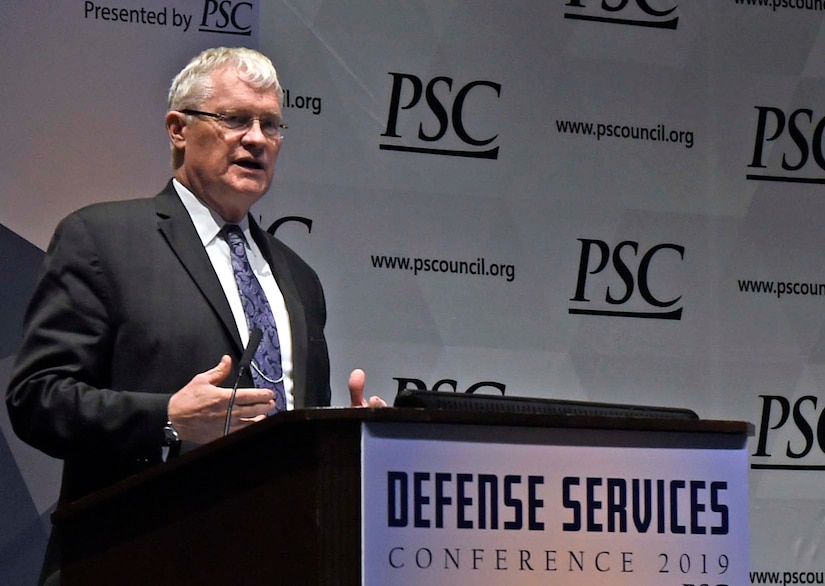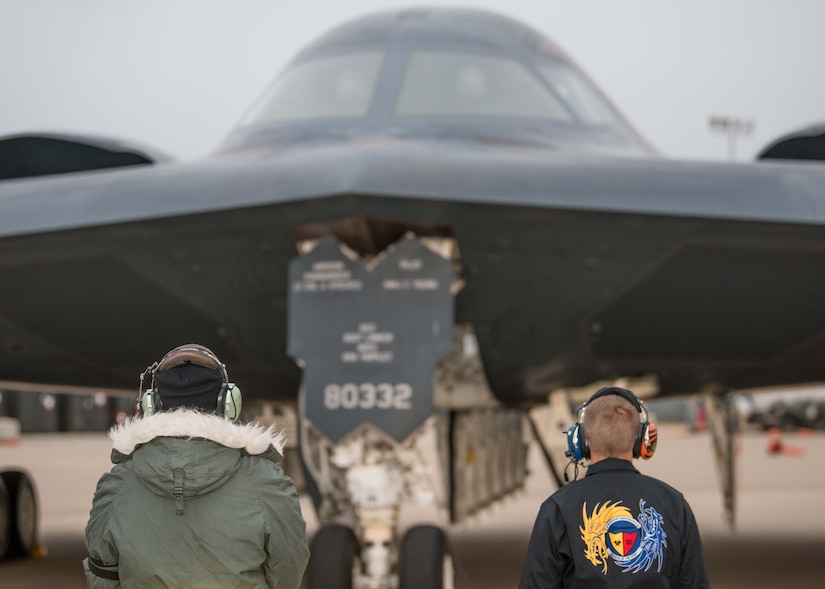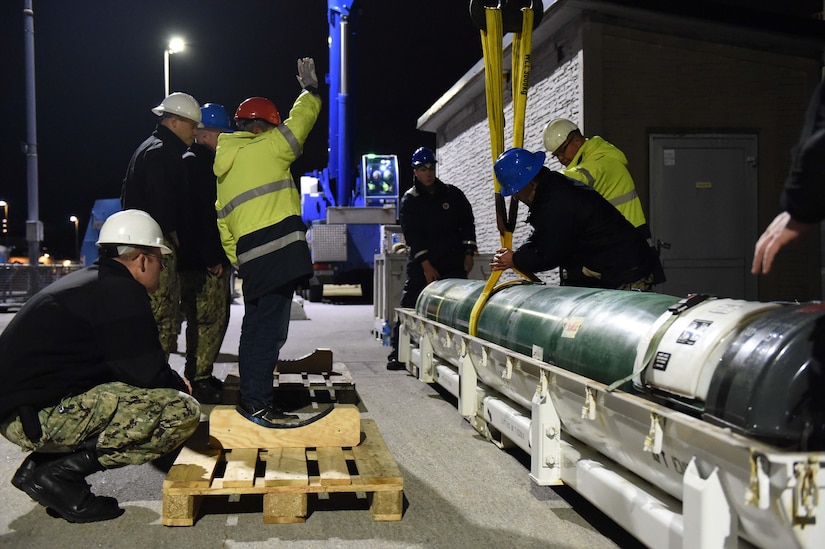BY DAVID VERGUN
 Alan Shaffer, deputy under secretary of defense, acquisition and sustainment, discussed the threat from China and what the U.S. must do to respond to the threat.
Alan Shaffer, deputy under secretary of defense, acquisition and sustainment, discussed the threat from China and what the U.S. must do to respond to the threat.
''We’ve been in conflict with China for 10 years and I'm not sure we know it. But we've got to wake up to it,'' he warned, citing an example.
''How valuable is your intellectual property to you?'' Shaffer asked several dozen small and large military contractor executives in the audience.
''Very valuable,'' they responded.
''It better make you mad,'' Shaffer said. ''China doesn’t play fair.''
Each year, China steals over half a trillion dollars of IP in the U.S. through human and cyber espionage, he said, citing several reports.
That's why the Defense Department is pushing hard to have strong standards for cyber protection of venders' computers and databases, he said.
Another area of national security concern for the U.S. is that China is the only nation in the world with 5G end-to-end network infrastructure, he said, naming Chinese company Huawei that has fielded this network.
''The future will be about who can best navigate the digital environment most effectively,'' he said. ''We in the West are not in great position now.''
An immediate concern for DOD is the electrical grid and other infrastructure, he said.
China, other nations or bad actors could launch a cyber attack and take out the grid, he said. Installations, with their readiness platforms, rely on the grid for operations. Installations must continue to take steps to become self-reliant on vital infrastructure like the grid.
Shaffer then spoke of China’s kinetic power.
Besides the U.S., China is the only other nation that has an operational fifth-generation fighter, he said, noting that European allies are starting to buy the Joint Strike Fighter, so that could change.
He also mentioned China's formidable fleet of nuclear-capable submarines.
As of today, China cannot match U.S. military power, but they're a regional threat and their capability and reach is growing, he said.
Shaffer then spoke about the path forward for the department, the challenges, and some solutions.
For decades, the U.S. has not addressed nuclear deterrent modernization, he said.
Now that DOD has an adequate budget, it is addressing this, but it will take time and money for the modernization to be completed, he said, mentioning that 3% of the DOD budget is going for nuclear modernization, but within a decade, that will increase to 6.5%.
He added that other DOD modernization priorities will have to be sacrificed to pay for nuclear modernization.
Regarding hypersonics, an area where China has heavily invested, Shaffer said that to be effective against a great power like China, DOD needs to field many hypersonic weapons, not just a handful.
However, the industrial base cannot scale up to meet the quantities required, he warned.
Shaffer then addressed near-term fiscal pressures.
''The most frightening thing to me is that by 2026, the largest part of the discretionary federal budget will be servicing the debt,'' he said. ''And, by 2026 the nation will be paying more on interest from our accumulated debt than for the defense of the nation.''
In response to the urgent need to modernize, coupled with fiscal challenges, the department will have to rethink the way it does business, he said, urging industry to help find ways to cut costs and deliver capability more quickly.
The DOD will also need more reform in how it conducts business by further shortening acquisition timelines and getting industry more involved in the requirements process, he said.



No comments:
Post a Comment